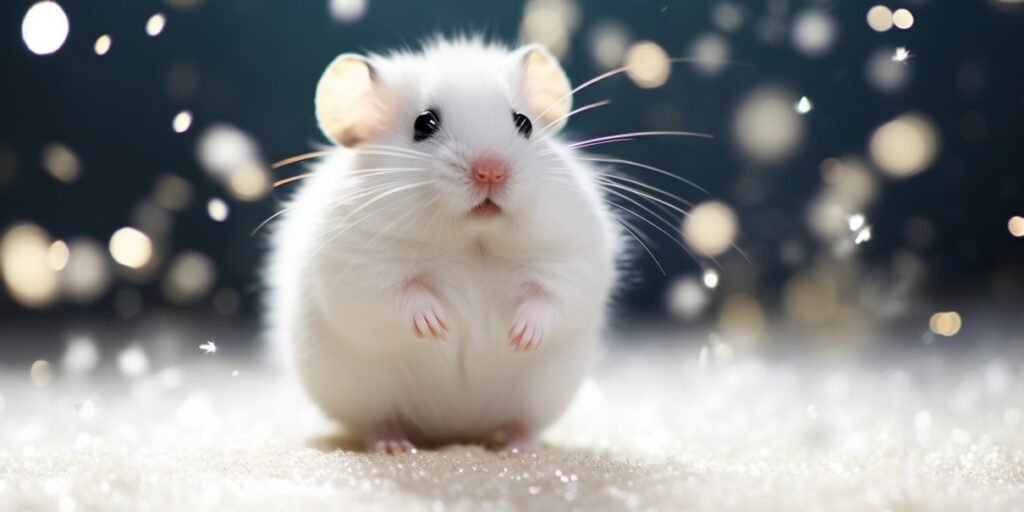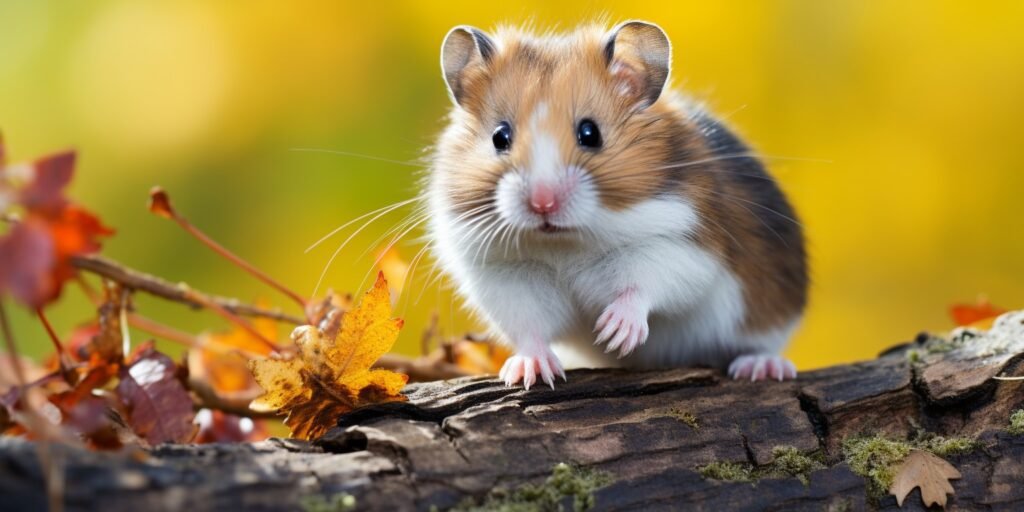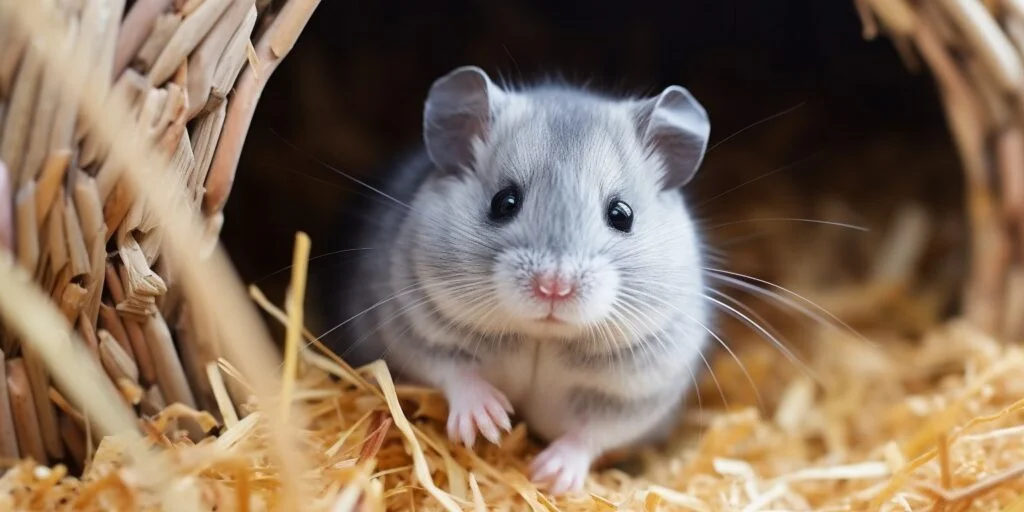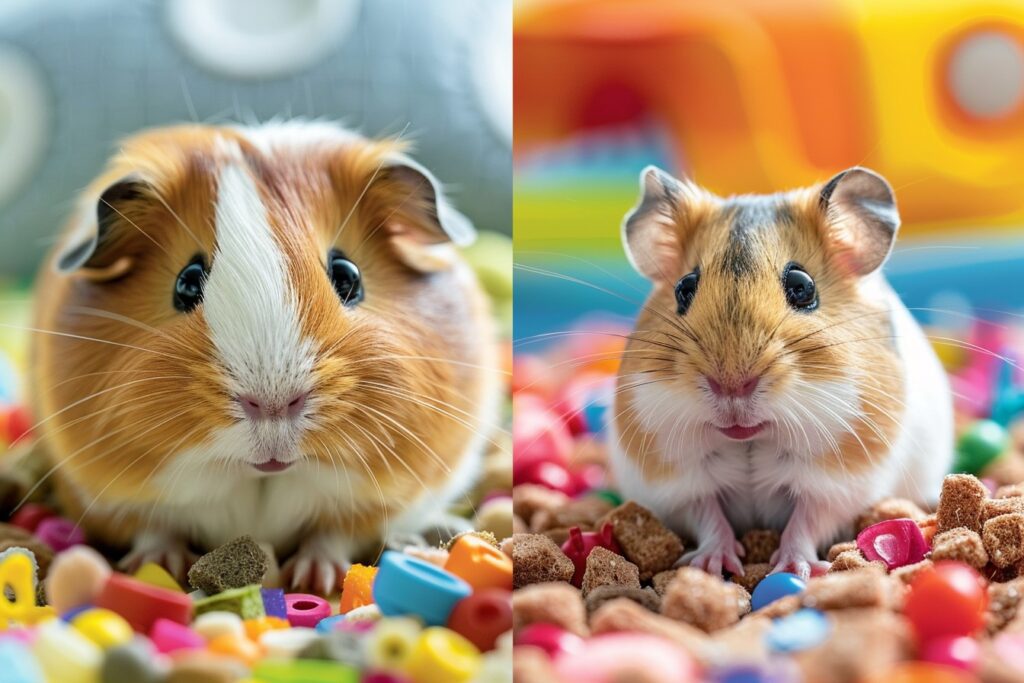Dwarf hamsters are among the most endearing and popular pets around the world. Their tiny size, coupled with their playful nature, makes them an ideal choice for pet enthusiasts. However, one of the most common questions that potential dwarf hamster owners often ask is about their lifespan. In this article, we will delve deep into understanding the lifespan of dwarf hamsters, the factors that influence it, and how to ensure they live a healthy and fulfilling life.
Key Takeaways:
- Dwarf hamsters can live an average of 2-3 years.
- Their lifespan can be influenced by various factors including diet, habitat, and genetics.
- Proper care and attention can help extend their life.

The Rundown on Dwarf Hamsters
The world of dwarf hamsters is teeming with diversity, with some of the most renowned species being the Robo Dwarf, Striped Dwarf, and Campbell’s Dwarf. Each of these unique dwarfs has its preferred habitat, ranging from deserts to hilly landscapes to woodlands.
The Robo dwarf stands as the smallest member of the dwarf hamster family, measuring a mere 2 inches in length. Their lightning-fast movements can make handling them a challenge. On the other hand, the Campbell’s Dwarf Hamster is a popular choice among pet owners, often displaying peak activity levels during dawn and evening hours.
How Long Do Dwarf Hamsters Can Live?
The Dwarf hamster has an average lifespan of 2–3 years. However, there have been cases of Dwarf hamsters in captivity living up to 4 years old. In comparison, the average hamster’s lifespan will live between 2-4 years while in captivity.
Certain health conditions can shorten their lifespan. But there are many things you can do to help them live as long as possible. Keep in mind that life expectancy varies by species. Although they do not live for very long, hamsters make excellent pets for the short time you can enjoy them.
A study comparing longevity in two species of laboratory rodents with different life histories found that the age at which Dwarf hamsters reproduce impacts their individual lifespans. Individual lifespan in dwarf hamsters was favorably connected with the age at which the first and last litters were born.
The Average Dwarf Hamster Life Cycle


Let’s now go over the life cycle now that we’ve learned about where they originate from and what the average Dwarf hamster’s lifespan is!
Birth
When a newborn dwarf hamster is born, it is referred to as a “pup.” When they are born, their skin is a vivid pink color and hairless. They are born blind and vulnerable, relying primarily on their mother for protection. Dwarf hamsters begin to develop their hair and teeth after approximately a week. They can finally see and move on their own two weeks after birth! When the puppies are 5 weeks old, they must be separated from their moms and thoroughly weaned. This is because leaving them with their mother can be dangerous as she may turn on them.
Reproduction
Dwarf hamsters achieve sexual maturity at 6 weeks of age, or possibly even sooner. Males acquire sexual maturation at a considerably quicker rate than females. Female dwarf hamsters have 4 to 6 pups on average, but should not be bred until they are 10 weeks old since they are more likely to produce stillborn puppies.
Adult Life
One of the most fascinating aspects of hamsters is that females may get pregnant again after only 24 hours. This is why most people keep men and females apart in captivity. Whether in captivity or not, hamsters can become infertile if not mated before the age of 14 months. One thing to bear in mind is that the older a female hamster grows, the more difficult it is for her to procreate and, if attempted, can be quite harmful to her health.
How To Extend The Life Of Your Pet Dwarf Hamster
Considering how short a Dwarf hamster’s life span is, there aren’t many things you can do to increase it. The fact that these amazing animals have a short life expectancy should not discourage you from keeping one as a pet. This is why we’ve compiled a list of suggestions to ensure your hamster not only has a wonderful life but also a long one.


Mental and Physical Stimulation
To keep your hamster entertained, provide them with an exercise wheel, toys, chewing materials, and other items around the cage. Boredom is one of the most serious threats to a hamster’s health. When a hamster isn’t sufficiently cognitively occupied, it might get tremendously anxious. This can then lead to other serious health issues later on.
Cleaning
If hamster enclosures are not cleaned at least once or twice a week, they might become quite ill. Cleaning the bedding and sanitizing the toys keeps your hamster from treading in its own droppings or accidentally consuming them. Most importantly, avoid using objects such as newspaper scraps or scented beddings around your hamster’s cage. They can be extremely harmful to your hamster.
Balanced Diet
A proper and balanced diet is absolutely essential for your hamster to have a healthy life. Most people feed their hamsters exclusively pellets. However, introducing items like apples, green beans, and a range of fruits and vegetables offers your hamster a plethora of nutrients to enhance their wellbeing. Including vitamins prescribed by your vet in your hamster’s diet can also help them feel better and live longer.
Frequently Asked Questions (FAQ)
Q: What is the average lifespan of a dwarf hamster?
Dwarf hamsters typically have an average lifespan of 2-3 years, with some living up to 4 years in captivity.
Q: What factors can influence a dwarf hamster’s lifespan?
Key factors affecting a dwarf hamster’s lifespan include diet, habitat, genetics, and the level of care and attention provided.
Q: How can I extend the life of my pet dwarf hamster?
To enhance your dwarf hamster’s longevity, focus on mental and physical stimulation, regular cleaning, and a balanced diet that includes fruits and vegetables.
Q: What are the different species of dwarf hamsters, and how do they differ?
Common dwarf hamster species include the Robo Dwarf, Striped Dwarf, and Campbell’s Dwarf, each with distinct characteristics and habitat preferences.
Q: What are some common health problems that dwarf hamsters may face?
Dwarf hamsters can experience health issues like fur loss, sensitivity to heat, abscesses, tumors, heart attacks, strokes, and specific conditions like wet tail and diabetes.
Q: Do veterinarians treat hamsters, and what should I do if my hamster needs medical care?
Not all veterinarians treat hamsters, so it’s essential to find an “exotic” vet in your area before acquiring a hamster as a pet.
Q: What should I look for when buying a hamster to ensure its health?
When purchasing a hamster, ensure it is alert, has clear eyes, smooth skin, and an active demeanor, indicating good health.
Q: What types of habitats are suitable for hamsters?
Suitable hamster habitats include aquariums, wire cages, tube cages, and clear plastic storage tubs, with cleanliness being crucial for all habitat types.
📖 🐹 Read more about hamster care 🐹 📖



